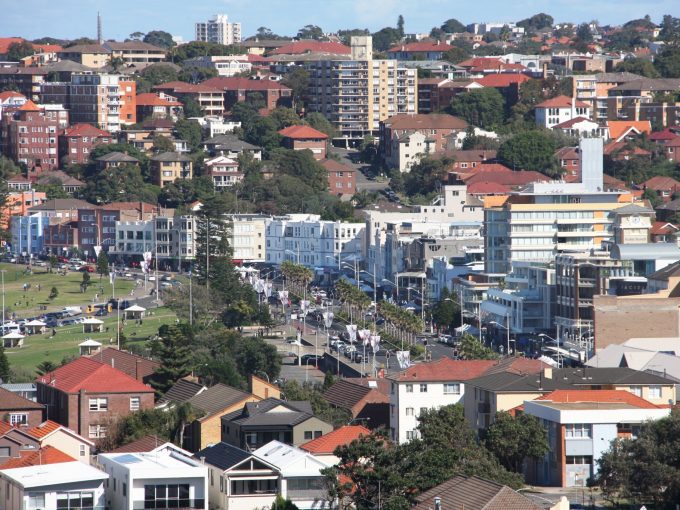Higher awareness of earthquake risks among residents in Christchurch, New Zealand, has led to increased prices for houses on safer land, a new RMIT study suggests.
Higher awareness of earthquake risks among residents in Christchurch, New Zealand, has led to increased prices for houses on safer land, a new RMIT study suggests.
The report investigates Christchurch’s property market before and after the 2011 disaster and residents’ perception of property risk associated with earthquakes.
RMIT researcher Callum Logan, from the School of Property, Construction and Project Management and Centre for Urban Research, said the data collected suggests that prior to 2011 consumers barely took notice of land hazard risk in their house pricing decisions, despite available information.
“On average, New Zealand experiences about 15,000 earthquakes every year, but most are too small to be felt,” Logan said.
“People tend to underrate the risks of earthquakes – more so than floods or bushfires – because they tend to be low frequency events.”
After accounting for the traditional determinants of house prices, Logan’s results show that after the 2011 earthquake, residents were paying between 15 and 18 per cent more for houses on safer land zones compared to riskier areas.
“Usually after such events house prices normally decline,” he said.
“Despite variations in prices across different land zones, the median house prices in Christchurch rose.
“This was likely due to a shortage of housing and red zoning of severely damaged land.”
Logan will continue his research with Greater Christchurch residents to better understand their perception of property risk and liquefaction risk where soil liquefies due to extreme ground-shaking.
Preliminary research, in Quantifying changes in risk perception through house price differentials following the catastrophic Canterbury earthquake, shows there was no evidence that consumers accounted for liquefaction risk in their pricing decisions prior to the earthquake, says Logan.
“How well aware residents were about liquefaction risk prior to the earthquakes is uncertain,” he said.
“We want to follow up how much knowledge residents now have of earthquakes and liquefaction, and what makes some residents stay on risky land while others relocate.
“If we can understand why residents’ decide to purchase property in high-risk areas, authorities can better target information about risk to its residents in other cities with similar risk factors.”
Greater Christchurch residents who wish to contribute can complete the survey, open until 31 August 2017 online at Christchurch Risk Perception.
For interviews: Callum Logan (03) 9925 2801 or 0423100559
For general media enquiries: Chanel Bearder (03) 9925 0917 or 0432 140 673.





